Headphone Cable Types
Headphones and earphones used to all come with the same type of simple rubberized cable, but now manufacturers are finding new ways to spruce up what used to be taken for granted. Before you let yourself be confused (or impressed) by all the headphone cable types, all you need to ask yourself with respect to cables is this: Will it tangle? Does it make noise when I bump it? and Does it have the functionality I need? Nothing else really matters as far as we’re concerned, unless you’re running your headphone cable by a strong power source or over an extended distance. Let’s look at each important aspect in a bit more detail.
Headphone Cable Types – Construction and Noise
Headphone cables aren’t particularly difficult specimens of engineering. The idea is that you have a cable that is well-insulated and does what you want. A large part of that will come from the construction. A well-insulated cable will reject noise when bumped. If you’ve never experienced this, simply put on your earphones or headphones and play with the cord a bit. With some, it may sound like your head just got hit with a box. With other headphones, there may only be a slight noise. Less noise, means you have fewer distractions when you rub against or bump the cord. Since some cords make a ton of noise when they simply rub against your clothing, this can be a very important aspect.
I’d love to say that if you buy a rubber cord it will be less noisy, or if you buy a fabric-wrapped cable it will handle rubbing better. The truth is, however, it’s often what’s underneath that has the most effect. With most headphones we’ve tried, the outside appearance of the cable cord has very little to do with the amount of noise transmitted along the line.
Headphone Cables and Tangling
When it comes to tangling and headphone cables, construction has everything to do with it. The first solution I saw to this dilemma was the use of thicker fabric-wrapped cables. While these can certainly tangle up, they don’t seem to do so very tightly or in a way that can’t be easily unraveled. What’s becoming even more popular, however, is the concept of flat cables. Flat cables offer an almost natural resistance to tangling. Have you ever tried to tie something flat and wide in a knot? Exactly, it’s like catching a greased pig…except not as messy. Just know that flat rubberized cables have a natural aversion to finding themselves in a knot. Of course, they also have a natural aversion to being easily wrapped up and stowed away.
The downside to tangle-free is often that the cables become more difficult to manage, particularly if you just want to quickly wrap them up and stow them away in a small case. For this reason, I’m a fan of the flat cable, but I much prefer fabric-wrapped solutions, provided they aren’t noisy (see above).
Headphone Cable Functionality and Smart Phone Control
The iPhone and mp3 revolution really changed the way people used headphones. For one, it gave them more of a reason to wear them, and with tons of songs on their devices, changing tracks and controlling volume easily became a real issue. So, several years ago we started to see types of headphone cables emerging with volume and track controls. And they are pretty ingenious, too—with multi-button presses that activate track skips and dual-modes during either phone calls or music playback. Some of these headphone cable types have just one button to answer calls (with an integrated mic, of course), while other systems feature a full 3-button control system.
The bottom line here is that there are headphone cable types that are more sophisticated now than ever before. There are even models that are destined for studio or professional use which seem to include these controls (typically with a separate cable provided for straight music listening).
Wrapping it Up (You see what I did there?)
Whether you need a headphone cable with advanced functionality or you simply want a straight pair of headphones, you’ll want to listen for cable noise and then determine whether an anti-tangle cord is important to you. Of course, aside from a very noisy cable, the headphones’ sound will typically drive the purchase (as it should) and so the one area where this becomes more of an issue is with a system that allows for an aftermarket headphone cable replacement. Believe it or not, there is a market for these types and styles of cables. Our opinion is that any headphone should take care to construct a cable that doesn’t make an inordinate amount of noise when rubbed or bumped, but in any case, this article should help you to at least identify some of the issues associated with cords—and why manufacturers are so apt to take the time to make them unusual and different.


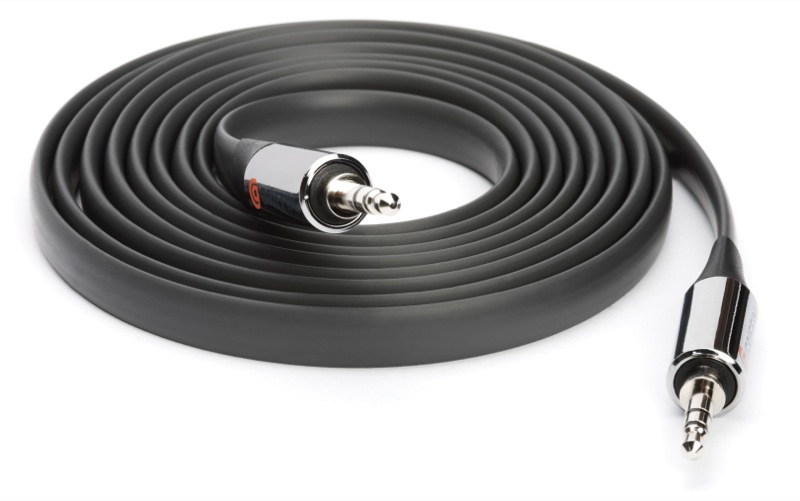

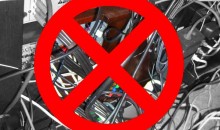
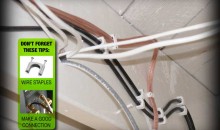
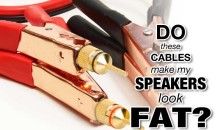
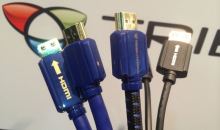

I HAVE A SET OF TV TO EAR PHONE CABLES…..20 FOOT LONG. –LOOKS LIKE 2 ROUND CARBLES SIDE BY SIDE. MALE JACK ON ONE END, FEMALE JACK ON OTHER END. SHORTED AT ONE END. CAN’T FIND A REPLACEMENT. WHAT PRODUCT NAME AM I LOOKING FOR??